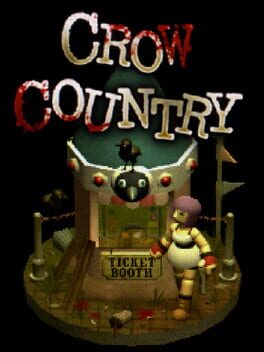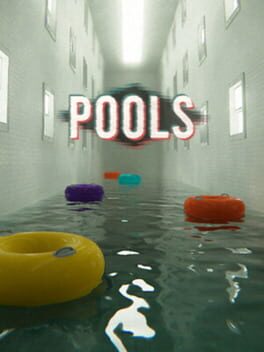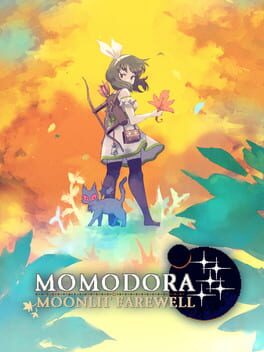thewillarowe
Bio
Trans. Tall. Tired.
Trans. Tall. Tired.
Badges

Noticed
Gained 3+ followers

Well Written
Gained 10+ likes on a single review

Liked
Gained 10+ total review likes

Gone Gold
Received 5+ likes on a review while featured on the front page

On Schedule
Journaled games once a day for a week straight

N00b
Played 100+ games
Favorite Games
153
Total Games Played
025
Played in 2024
001
Games Backloggd
Recently Played See More
Recently Reviewed See More
Pools, at least large public pools like the ones evoked by POOLS, are designed to be communal spaces. They are meant to be places of life and sound. In real life and the game, being alone when exploring a pool and its surrounding facilities can feel otherworldly. That isn’t necessarily an unsettling thing. While that is pretty explicitly what POOLS is trying to evoke, for me it manages to be almost meditative.
The best visual representation of this has always been, for me, the work of Leanne Shapton. Now an artist and writer, Shapton was a competitive swimmer for the majority of her youth. In her memoir, Swimming Studies, Shapton intercuts text with various pieces of art. The most memorable to me are the pages of simple geometric renderings of different pools across the world that Shapton has visited. The dark shapes of the pools are contrasted by a stark white surrounding, with nothing else.
Like Shapton’s art, POOLS breaks these spaces down to the basics of dark water and muted white surroundings. But the game triggers something in me much closer to my memories. It’s a combination of the visual rendering of the space, the audio of water dripping on tiles, and the ability to wander at my own pace. There are some rooms in POOLS that feel almost directly lifted from my brain like I’m wandering into memories. It’s not the unsettling experience the game is intended to be for most players, but something more personal and just as enthralling.
The best visual representation of this has always been, for me, the work of Leanne Shapton. Now an artist and writer, Shapton was a competitive swimmer for the majority of her youth. In her memoir, Swimming Studies, Shapton intercuts text with various pieces of art. The most memorable to me are the pages of simple geometric renderings of different pools across the world that Shapton has visited. The dark shapes of the pools are contrasted by a stark white surrounding, with nothing else.
Like Shapton’s art, POOLS breaks these spaces down to the basics of dark water and muted white surroundings. But the game triggers something in me much closer to my memories. It’s a combination of the visual rendering of the space, the audio of water dripping on tiles, and the ability to wander at my own pace. There are some rooms in POOLS that feel almost directly lifted from my brain like I’m wandering into memories. It’s not the unsettling experience the game is intended to be for most players, but something more personal and just as enthralling.
Headlines shape how most people think about and engage with the news, so the choice of just a few words is vital to determining how people frame a story in their minds. Playing The New York Times Simulator, I was reminded of a conversation with artist Alexandra Bell I attended in journalism school. Bell, a graduate of the Columbia Journalism School, discussed her art series “Counternarratives,” which presented large-scale versions of real New York Times pages that Bell had edited to highlight the inherent biases embedded in the news media and challenge the idea of objectivity.
The New York Times Simulator is hitting on the same themes. As a piece of art meant to radicalize players against a systemic issue in society, it gives them the power to stop being passive themselves and take action. It is entirely within the player’s power to determine what news is fit to print and how to present it.
The New York Times Simulator is hitting on the same themes. As a piece of art meant to radicalize players against a systemic issue in society, it gives them the power to stop being passive themselves and take action. It is entirely within the player’s power to determine what news is fit to print and how to present it.
Sucker for Love: Date to Die For is a magnificent sequel to First Date (both developed by Akabaka). It refines what worked in its predecessor while adding new twists and turns to both the horror and romance aspects of the game. The result is more terrifying, more swoon-worthy, and more balanced, a game that accomplishes its goals in style. A tighter focus on love and a more expansive sense of dread means that Date to Die For will have your heart racing from start to finish.










